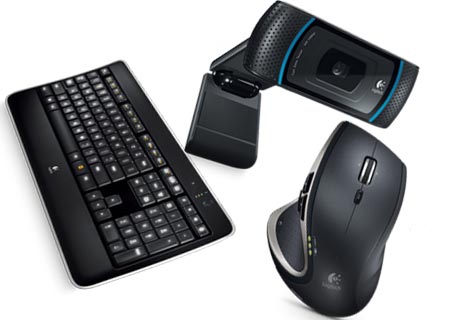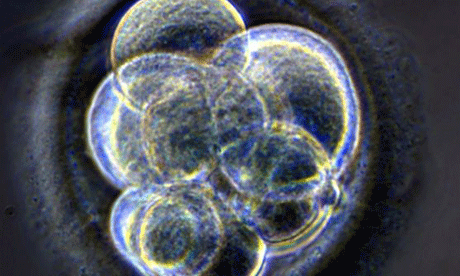Dentists in South India have performed a root canal surgery on the gigantic scale to rid a 27-year-old elephant suffering from chronic tusk pain, officials said Friday.
A team of three dental surgeons assisted by a veterinarian surgeon carried a two and a half hours of surgery on a male pachyderm, who developed a cavity in one of his tusks, they said. The operation took place in early November after the owner of the pet elephant brought the animal for diagnose of infection, which has damaged its tusk.
The dentist Sunil Kumar told the AFP reporter in the capital Trivandrum as “We decided to use the traditional root canal process as a remedy,” He said the elephant was a perfect patient as the dentists drilled and pumped resin into a large cavity in chipped tusk.
Sunil also said “We needed extra-large instruments and equipment and large quantity of resin to fill the crack,” “For humans, we use only four grams of resin to fill a cavity but we had to use 188 grams (0.41 pounds)) of resin to fill the crack in the elephant’s tusk,” said one of the dentist.
Sunil Kumar reported to said that, the tusk was 50 inches (1.65 meters) tall, although the hole was six inches deep. The doctor added by saying “During the surgery, the tusker was not tranquilized and he was very cooperative and obeyed his handler,” Elephants are of great importance in Kerala, as they use it for various ceremonies, and also used in religious processions, weddings and social celebrations.






















